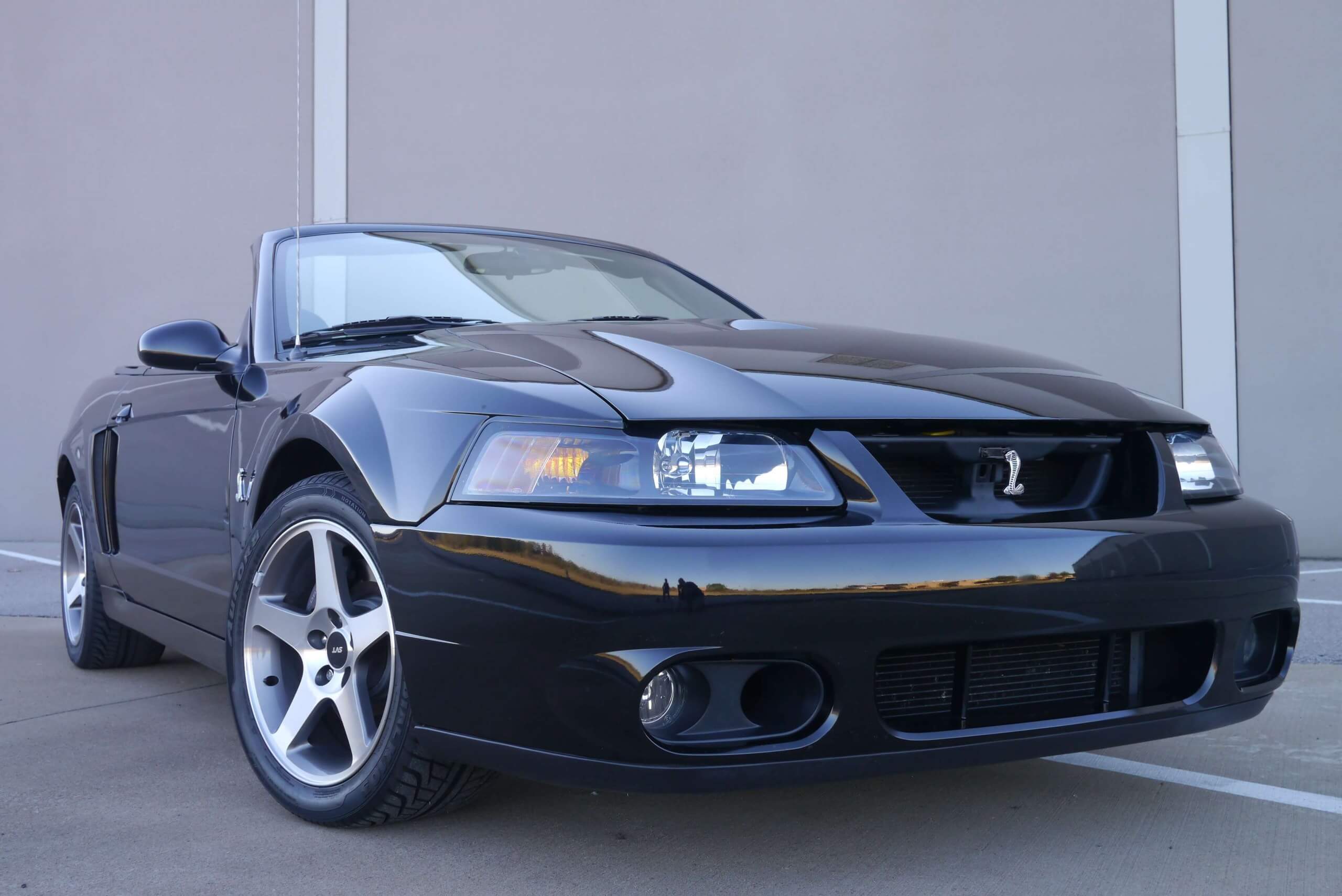In context: The implementation of GPS tracking in newer automobiles has made stealing a car more problematic for thieves. However, they can still take your wheels in the dead of night.To protect their expensive alloys, some owners use locknuts. One of these on each wheel prevents a thief from removing them with a standard lug wrench. However, locking nuts are not foolproof.
Ford engineers have come up with a novel solution to this problem. Using the owner's voice pattern, Ford can create uniquely contoured nuts and keys. Special software takes the sound waves and forms them into a 3D circle. This pattern is used to 3D print locknuts and keys as one piece using acid and corrosion-resistant stainless steel.
Ford says they have also included measures to prevent cloning.
"The design also includes second level security features that prevent the nut from being cloned or copied. The unevenly spaced ribs inside the nut and indentations that widen the deeper they go prevent a thief from making a wax imprint of the pattern, as the wax breaks when it is pulled from the nut. "
The carmaker says that using the owner's voice is optional. Patterns can also be developed from things like the driver's initials, a logo, or even a favorite race track.
While Ford claims the nuts are more secure, there are not a whole lot of thieves going around making wax molds. It is unclear how the new locknuts would prevent the most common method of removal --- brute force. Hammering a slightly undersized socket onto a locknut, then using a breaker bar on it can defeat most locking solutions. There are also removal kits you can buy for about $100.
Ford's press released did not mention mitigations to forcing its locknuts loose. So is it really a more secure design, or is it just more of the same with a personalized touch?
Either way, it is a very creative use of 3D printing, and it is not limited to just making locknuts. Ford says that it uses the technology to create specialized production tools from nylon and plastics, which are 100-percent recyclable. They can also print them on-demand without having to wait for them to be manufactured.
"Having our very own plug-and-play printer enables us to make tools and parts exactly when we need them, and to replace them faster than ever before," said Lars Bogner, a research engineer at Ford's Advanced Materials and Processes division. "For some tools, the delivery time was up to eight weeks, but with 3D printing, the turn-around has been reduced to just five days."
Masthead credit Shawn Knight
